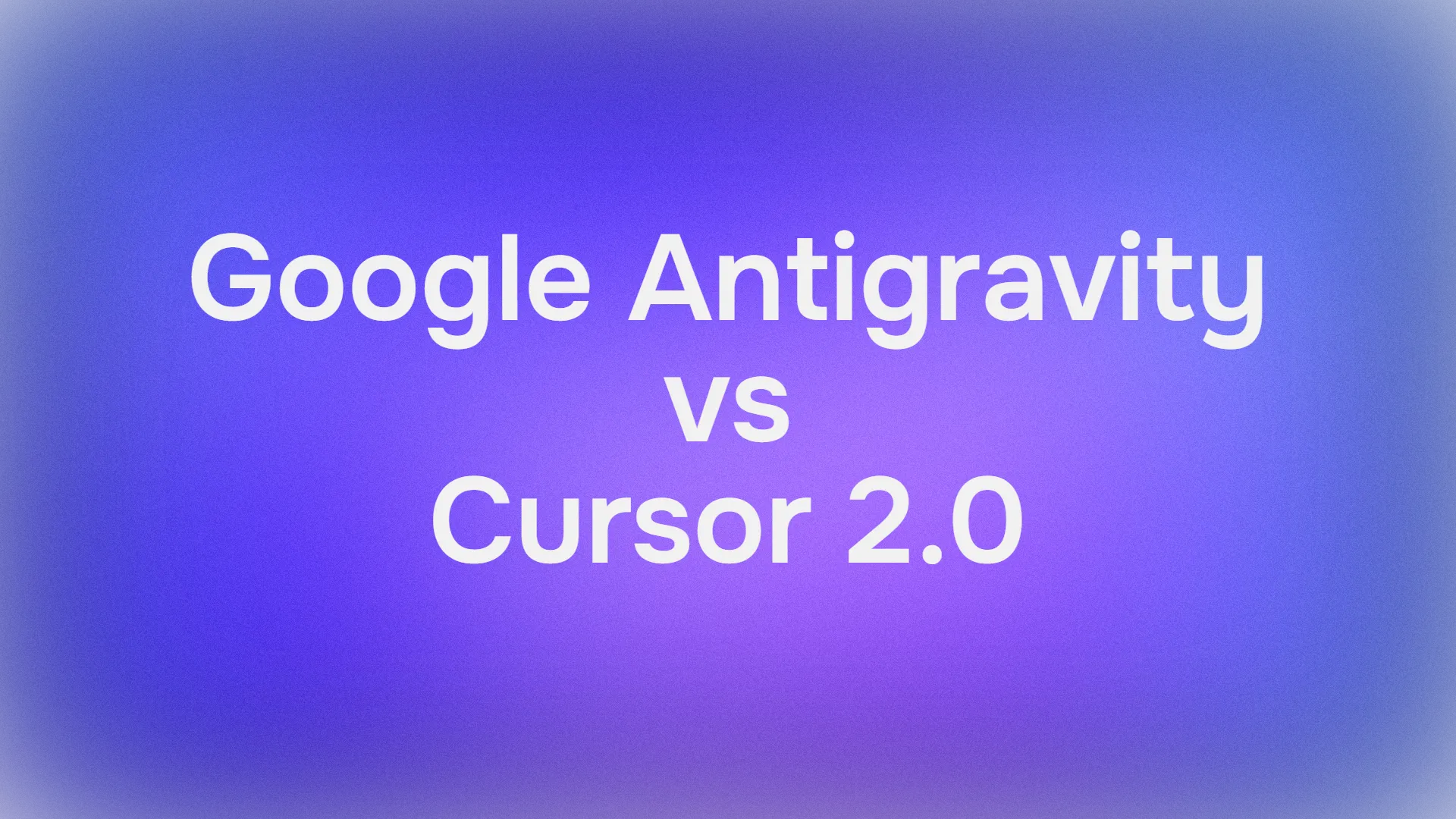Cursor AI has emerged as a powerful coding assistant that leverages advanced AI capabilities to enhance developer productivity. One of its standout features is MCP (Multi-Context Protocol), which allows developers to extend Cursor's AI functionality with custom tools and integrations. However, many users have encountered the frustrating "Client Closed" error when attempting to set up MCP servers. This comprehensive guide will walk you through understanding and resolving this common issue, ensuring you can fully leverage Cursor's MCP capabilities without interruption.
For developers working with APIs in conjunction with Cursor AI, Apidog stands out as the premier alternative to Postman.
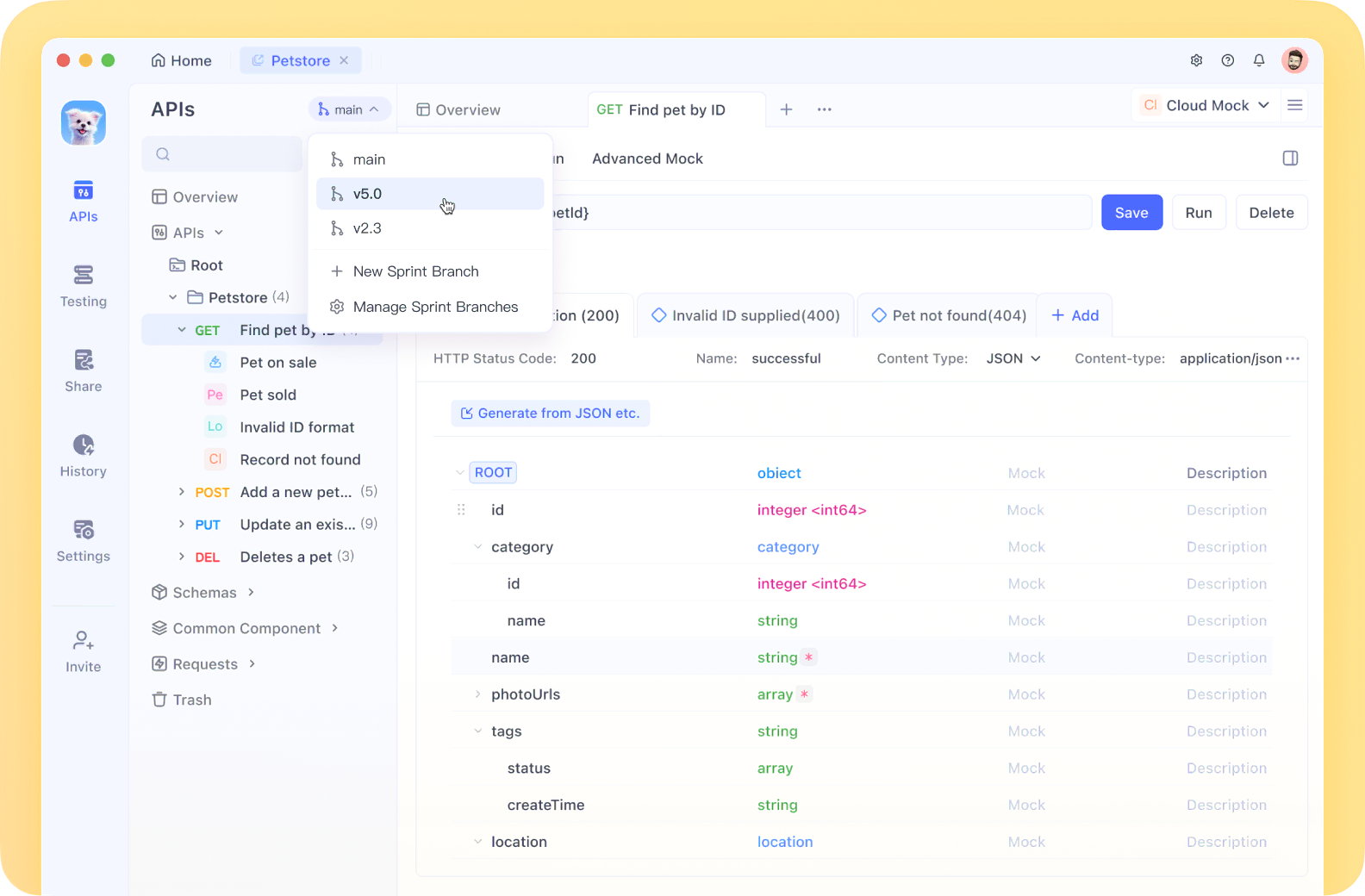
This all-in-one API development platform streamlines the entire API lifecycle, offering intuitive API design, automated testing, comprehensive documentation, and seamless mock creation—all within a unified interface.
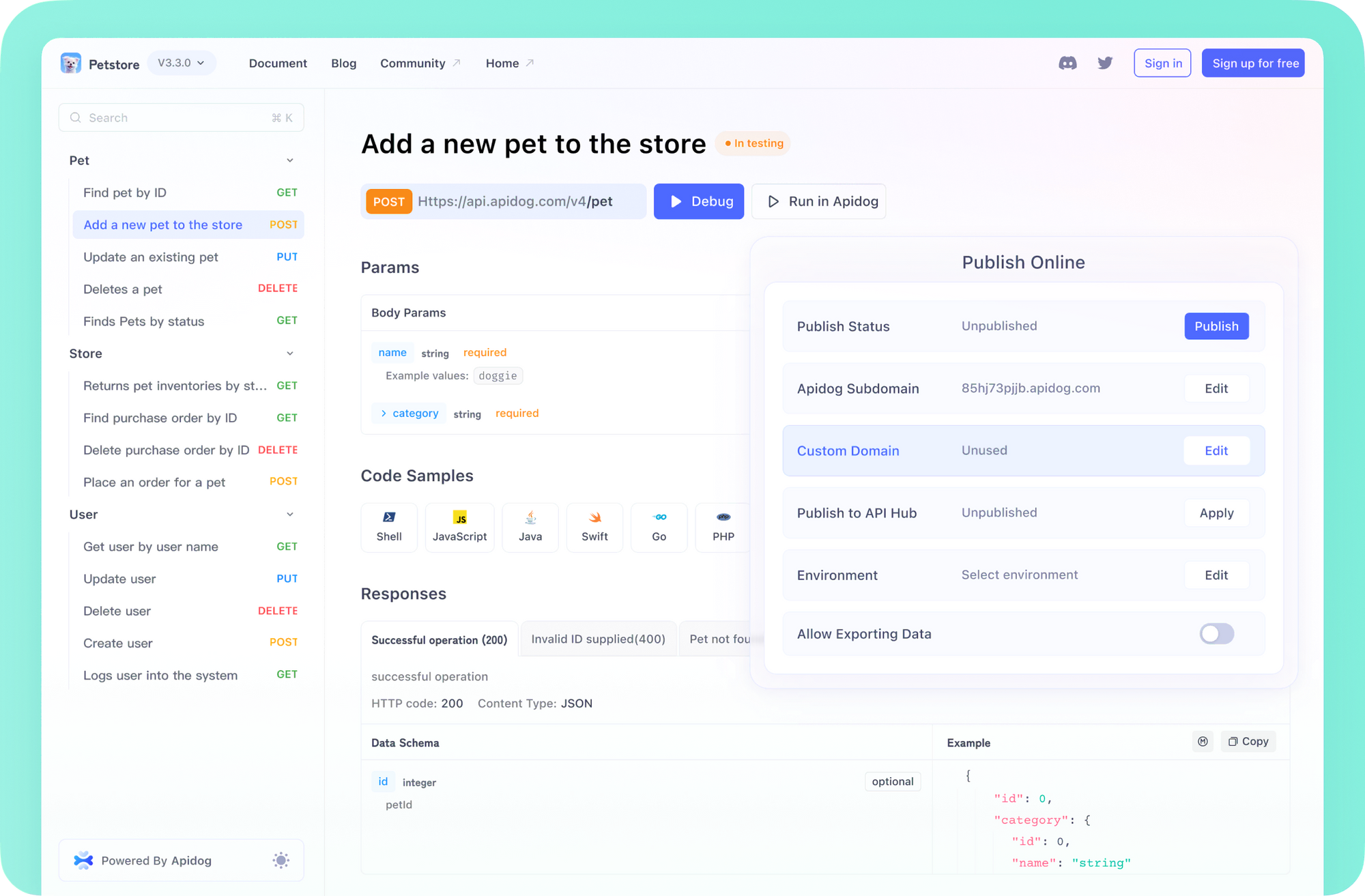
Apidog's collaborative features enable teams to work together efficiently on API projects while its intelligent validation tools help catch errors before they impact your development workflow.
With native integration capabilities for popular frameworks and platforms, Apidog perfectly complements Cursor AI's development environment, allowing developers to design, test, and implement APIs with unprecedented efficiency. Whether you're building MCP servers or consuming third-party APIs, Apidog provides the robust toolset needed to accelerate your API development process.
Why Cursor AI Has "Client Closed" Error While Connecting to MCP Servers?
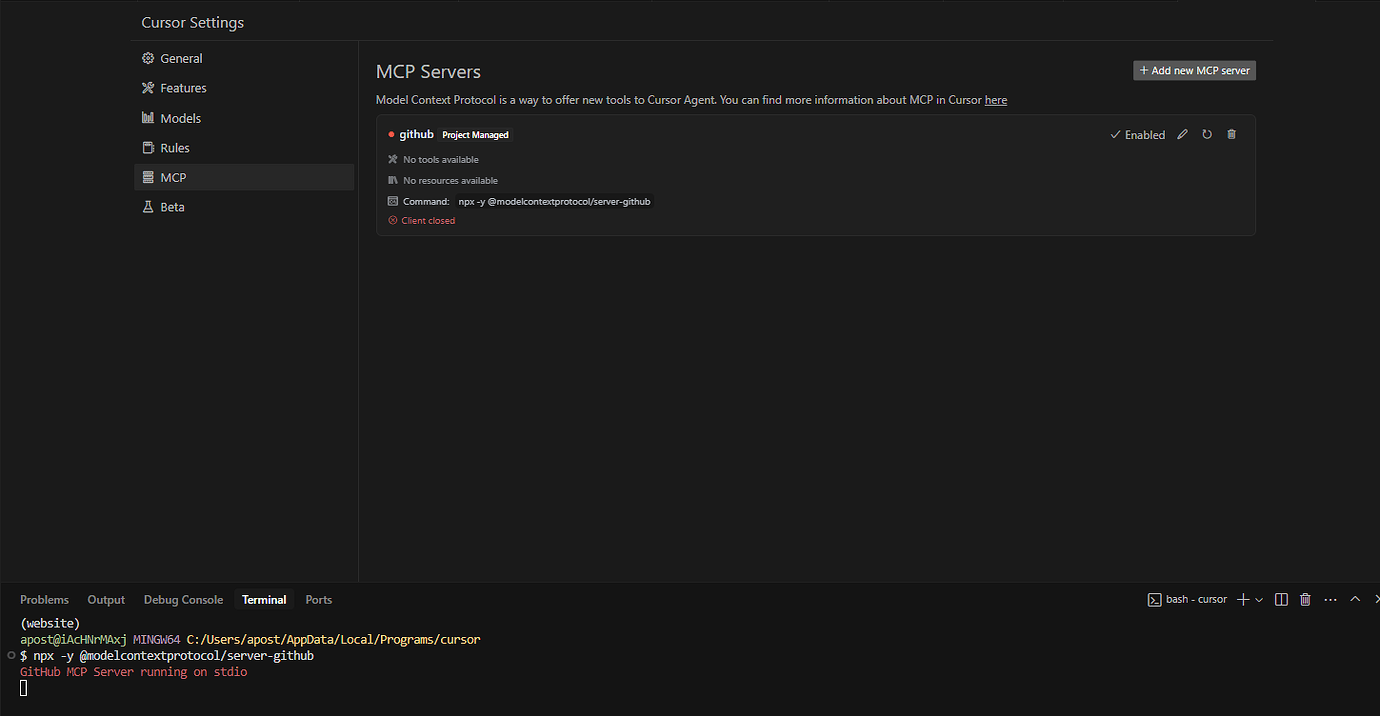
The "Client Closed" error typically appears when attempting to add or connect to an MCP server in Cursor AI. The error message appears as a notification in the Cursor interface, often accompanied by a red error indicator. Users have reported this issue across various operating systems, but it seems particularly prevalent on Windows systems.
The error looks like this in the Cursor interface:
Client closed
This cryptic message offers little insight into what's actually causing the problem, leading to confusion among users who are trying to enhance their Cursor experience with MCP servers.
Why Cursor AI Has "Client Closed" Error When Connecting to MCP Servers?

After analyzing the discussions and solutions shared by the Cursor community, several key causes of this error have been identified:
1. Command Interpreter Issues on Windows
The primary cause for many Windows users is related to how Cursor attempts to launch MCP servers. On Windows systems, commands like npx are actually batch scripts (e.g., npx.cmd) that require a command interpreter (cmd.exe) to execute. When Cursor tries to run these commands directly without specifying the interpreter, the connection fails with the "Client Closed" error.
2. WSL (Windows Subsystem for Linux) Configuration
Many developers use WSL for their development environment. A common mistake is having Node.js and npm/npx installed only within the WSL environment but not on the Windows host system. Since Cursor runs as a Windows application, it needs access to these tools in the Windows environment, not just within WSL.
3. Multi-File MCP Server Issues
Some users have encountered issues when attempting to use complex MCP servers composed of multiple files or modules. Cursor's MCP implementation appears to have limitations in handling such multi-file setups, particularly when dealing with TypeScript or ESM modules.
4. Path Configuration Problems
Incorrect or incomplete PATH environment variables can prevent Cursor from finding the necessary executables to run MCP servers, resulting in the "Client Closed" error.
Step-by-Step Solutions
Now that we understand the common causes, let's explore the various solutions that have proven effective for Cursor users:
Solution 1: Use cmd /c with npx Commands (Windows)
The most widely reported fix for Windows users is to prefix MCP commands with cmd /c. This explicitly invokes the command interpreter to handle the execution of the batch script.
Examples:
Instead of using:
npx @agentdeskai/browser-tools-mcp
Use:
cmd /c npx @agentdeskai/browser-tools-mcp
This solution works because:
- It launches a new cmd.exe instance
- The command is properly executed within this instance
- The cmd.exe instance remains open as long as the MCP server runs
- The MCP server operates as a child process of this cmd.exe instance
For users who prefer not to see the command window, an alternative is:
cmd /c start /min npx @agentdeskai/browser-tools-mcp
This minimizes the command window while still allowing the server to run properly. Eventually the Cursor AI MCP Servers works agian:
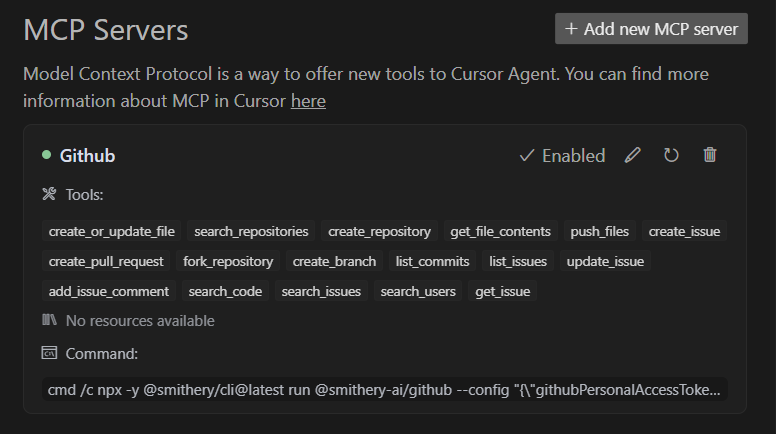
Why this solution works:
When Cursor attempts to start an MCP server on Windows, it's essentially trying to run a command like npx @agentdeskai/browser-tools-mcp. However, on Windows, npx isn't an executable but a batch script (npx.cmd).
By default, when Cursor tries to execute this command:
- It attempts to start
npxdirectly as a process - Windows can't find an executable file named exactly
npx - The process fails to start, resulting in the "Client Closed" error
When you use cmd /c:
- Cursor starts the
cmd.exeprocess - The
/cflag tells cmd.exe to execute the following command and then terminate - cmd.exe correctly interprets the
npx.cmdbatch file - The MCP server starts successfully as a child process
Solution 2: Use Node Directly Instead of npx
Another effective approach is to bypass the npx wrapper entirely and use Node.js directly to execute the MCP server JavaScript file:
node C:\\\\Users\\\\<your_user>\\\\AppData\\\\Roaming\\\\npm\\\\node_modules\\\\@agentdeskai\\\\browser-tools-mcp\\\\dist\\\\mcp-server.js
This approach eliminates the need for the cmd.exe interpreter since you're directly invoking Node.js with the path to the JavaScript file.
Solution 3: Ensure Node.js is Installed in Windows (Not Just WSL)
For WSL users, it's crucial to have Node.js properly installed in the Windows environment as well:
Download and install Node.js from the official website for Windows
Ensure Node.js is added to your PATH environment variable
Verify installation by opening a Command Prompt and running:
node --version
npm --version
Restart Cursor after installation and it works fine:

Solution 4: Bundle Multi-File MCP Servers
If you're developing your own MCP server using multiple files or TypeScript, consider bundling your project:
- Use a tool like esbuild to bundle your code into a single JavaScript file
- Use the
-externalflag to exclude external packages that Cursor may have trouble handling - Point Cursor to the bundled file rather than your entry point
For example:
esbuild index.ts --bundle --platform=node --outfile=dist/bundled.js --external:express --external:axios
Then in Cursor, use:
cmd /c node ./dist/bundled.js
Solution 5: Restart Cursor and Your System
Sometimes the simplest solution is effective:
- Close all instances of Cursor completely
- Wait a few moments for any background processes to terminate
- Restart Cursor and try adding the MCP server again
Some users have reported that a complete system restart resolved persistent issues with MCP connections.
Distinguishing Between MCP Server Types
Understanding the type of MCP server you're using can help troubleshoot more effectively:
1. NPM Package MCP Servers
These are the most common and are typically installed via npm/npx. Examples include:
@agentdeskai/browser-tools-mcp@cursor/image-assistant-mcp
For these, the cmd /c npx prefix solution works best on Windows.
2. Custom MCP Servers
These are servers you've developed yourself. For these:
- Consider bundling to a single file
- Use direct Node.js execution
- Ensure proper error handling in your code
3. Remote/Hosted MCP Servers
If you're connecting to remote MCP servers like those hosted on Supabase:
- Check your network connection
- Verify the URL is correct and accessible
- Ensure any required authentication is properly configured
Conclusion
The "Client Closed" error in Cursor AI's MCP feature can be frustrating, but as we've seen, it's typically caused by how commands are executed in different environments, particularly on Windows systems. By using the cmd /c prefix, ensuring proper Node.js installation in the correct environment, or directly invoking Node.js with the MCP server file, most users can resolve this issue.
As Cursor continues to evolve and improve, we can expect more robust handling of MCP servers across different operating systems. Until then, these workarounds will help ensure you can take full advantage of Cursor's powerful MCP capabilities to enhance your development workflow.

